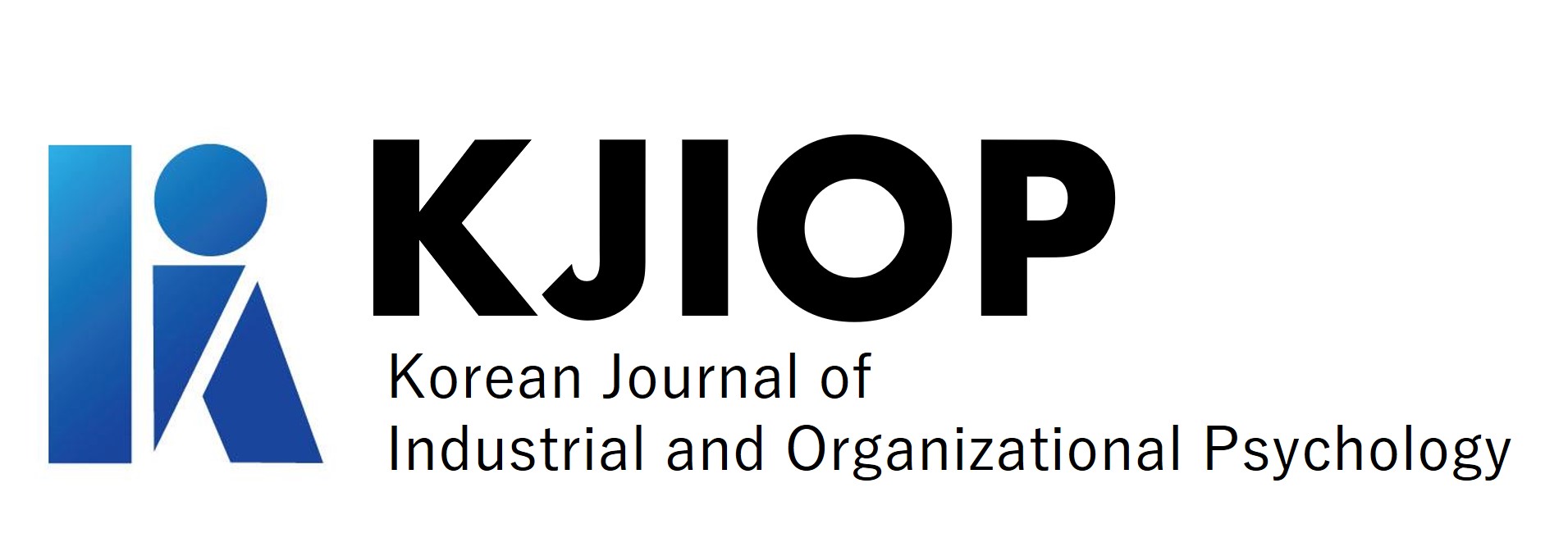open access
메뉴
open access
메뉴 ISSN : 1229-0696
ISSN : 1229-0696

The purpose of this study was to investigate the effects of the fit of current-ideal organizational personality and the fit of current-ideal job characteristics on the attitudes toward the organization and the job by using the polynomial regression analysis and the response surface methodology as the alternative to difference scores. Questionnaires were administered to 307 job incumbents to obtain their perceptions on the current and ideal state about their own organizational personality and job characteristics. The current and ideal organizational personality were measured by the OPTI(Organizational Personality Type Indicator) developed by Yoo(1999), and the current and ideal job characteristics were measured by the items based on the Hackman and Oldham(1976)'s model. Their organizational attitude and behavior such as organizational committment, intention of turnover, and organizational citizenship behavior were obtained, and their job involvement, job satisfaction, and job performance were measured by the self-report. The results indicated the more correspondent the current organizational personality and the ideal organizational personality were in the dimensions of extraversion-introversion and sensing-intuition, the more organizational committment and the less turnover intention the employee showed. Also, the results indicated the more correspondent the current job characteristics and the ideal job characteristics were in the dimensions of skill variety, task identity, task significance, and feedback, the more job satisfaction and job involvement the employee showed. Finally, the implication and limitation of this study were discussed, and the future research directions were suggested.
